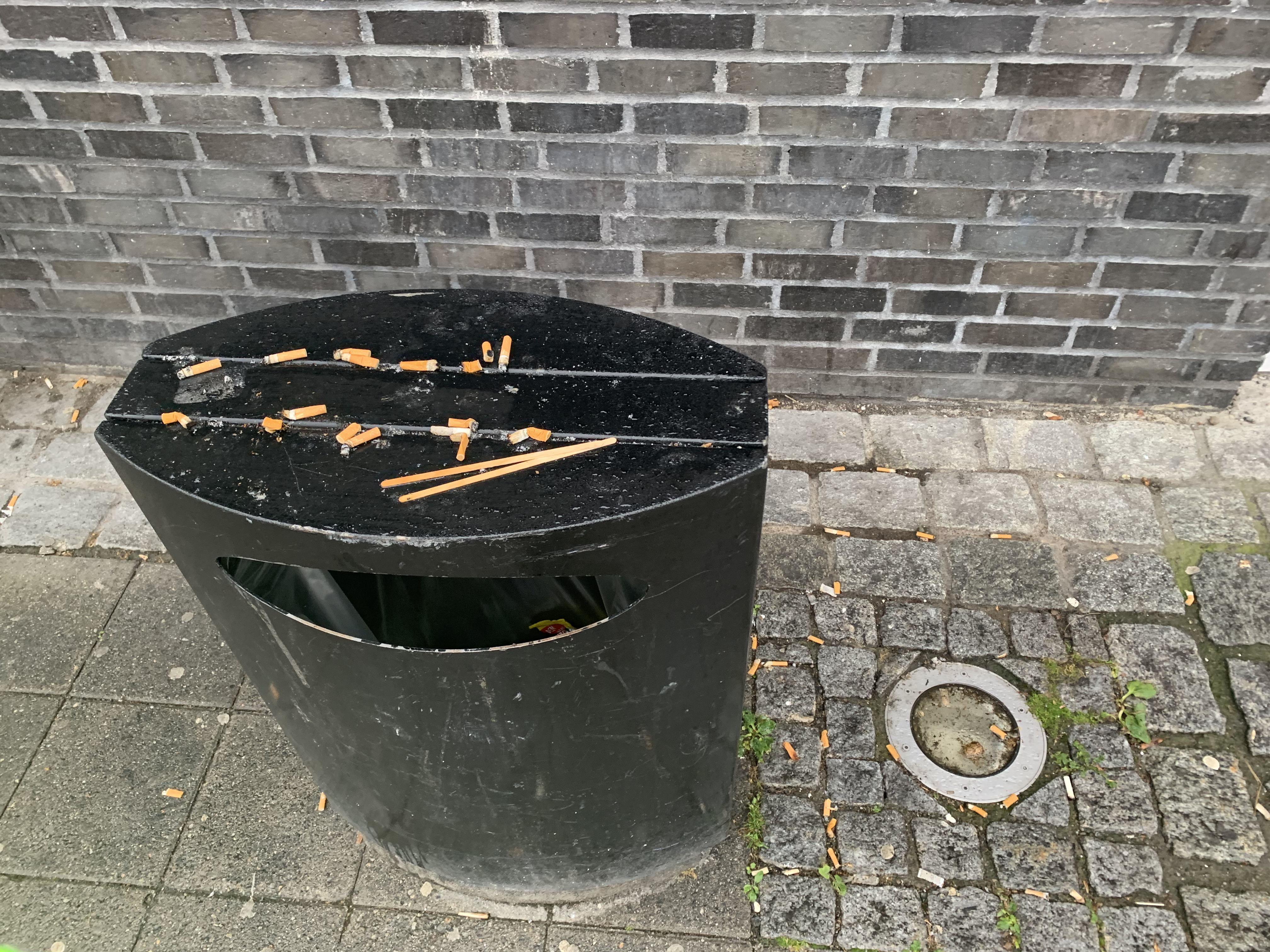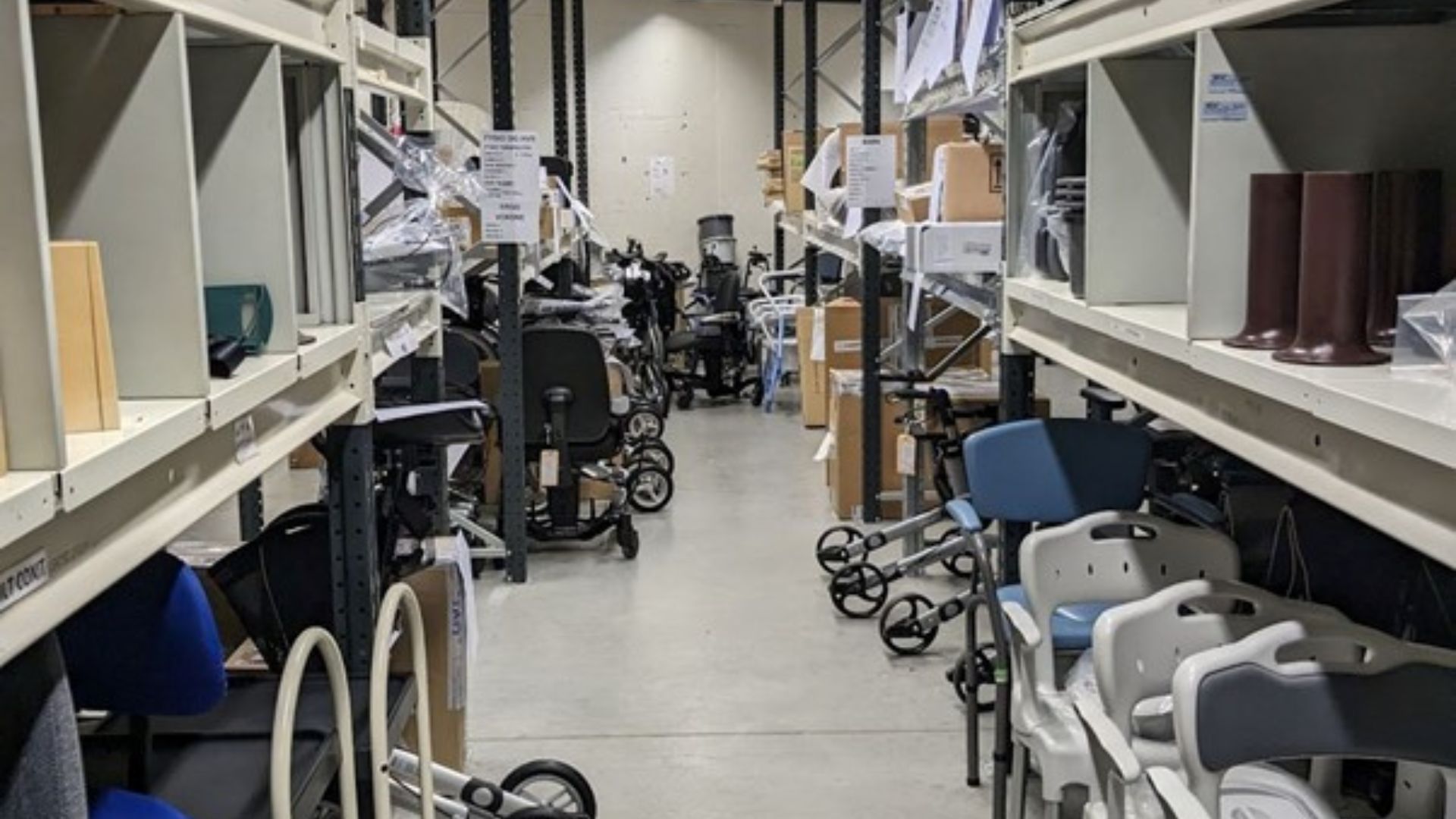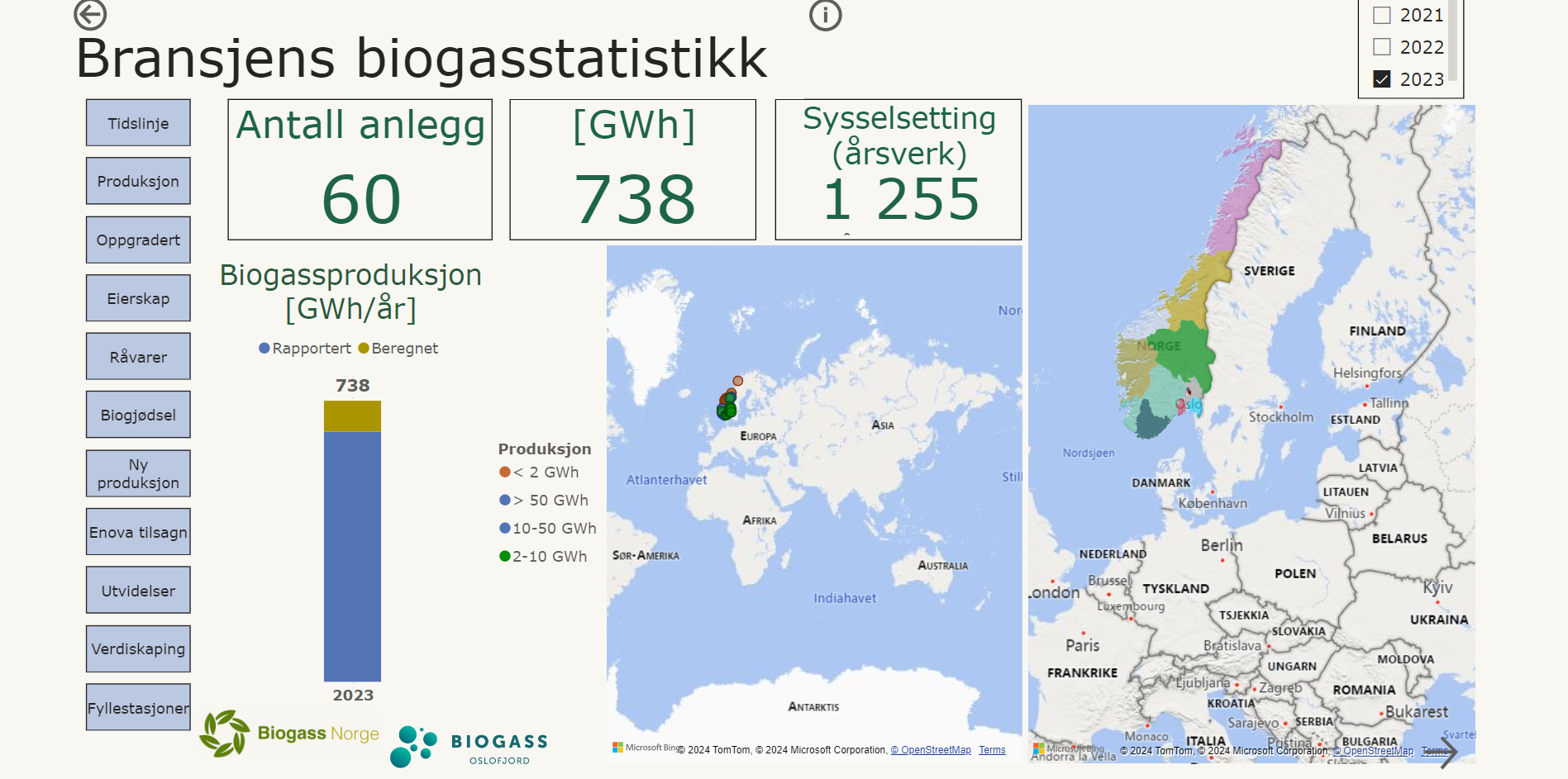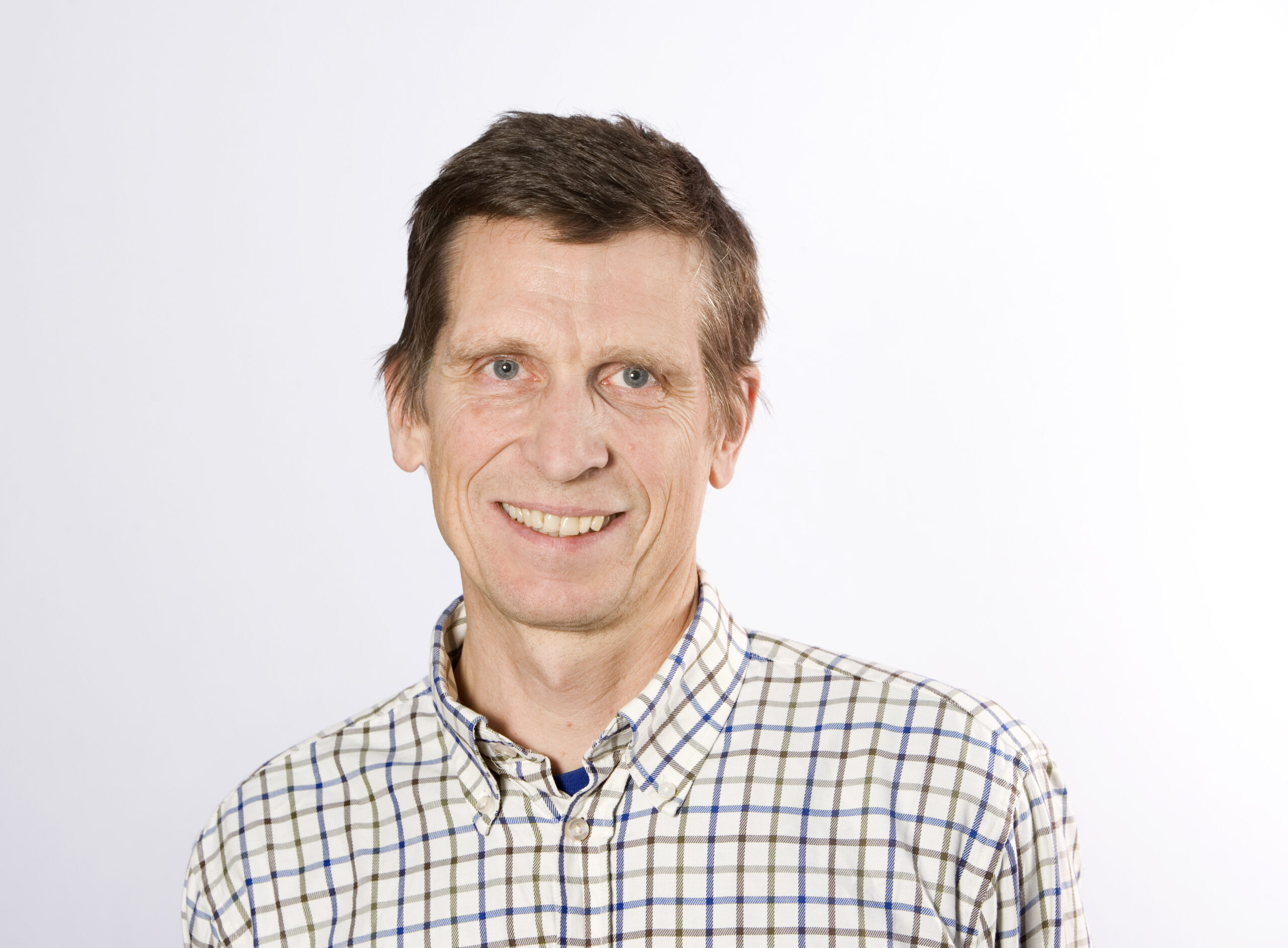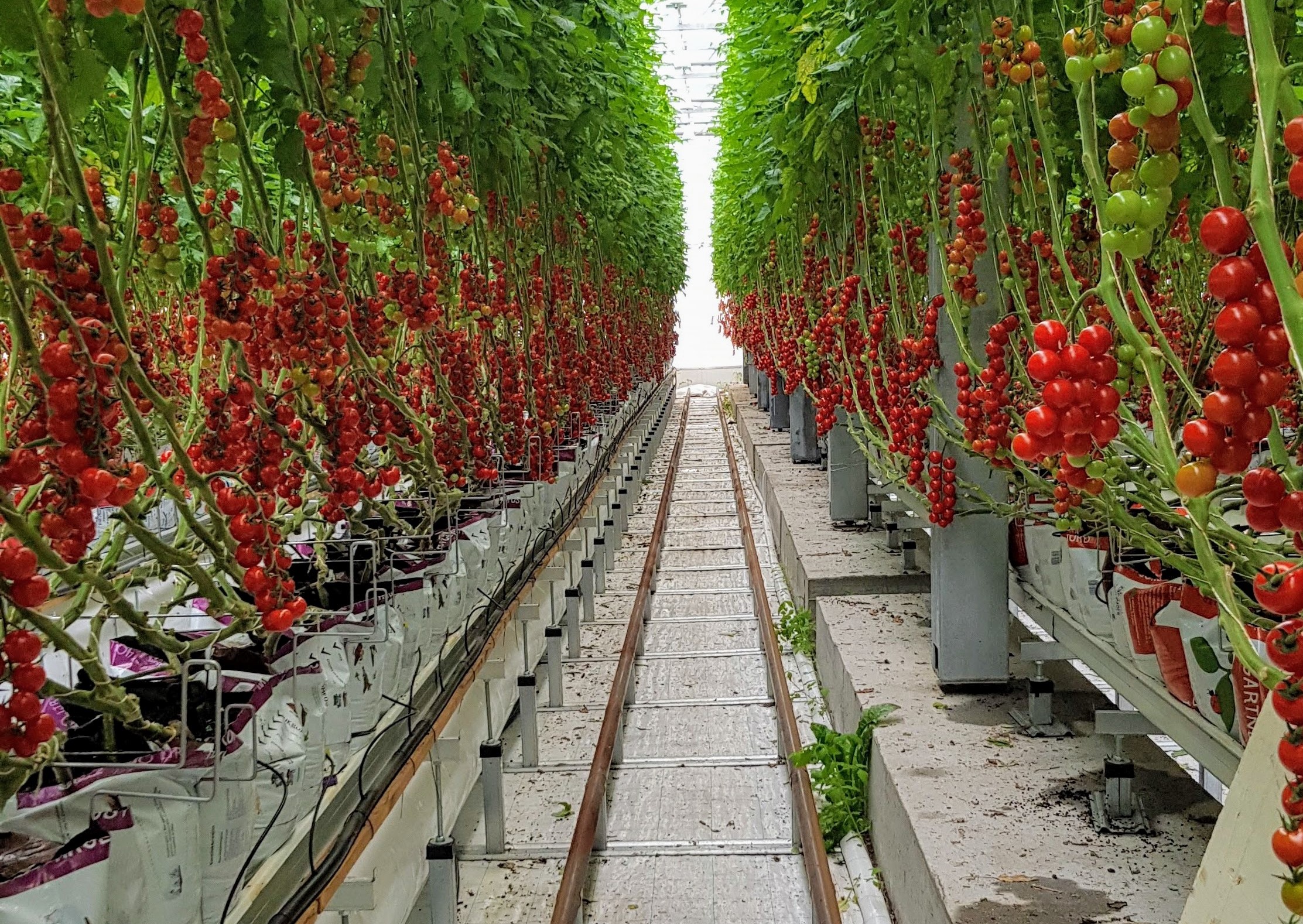In a mapping project, Norwaste has investigated the amount of used cigarette butt litter are cleaned up by or behalf of the public sector throughout Norway. The project has been carried out on behalf of the tobacco industry in Norway (Philip Morris International and Tobakkindustriens Felleskontor) and has aimed to establish a baseline for the amount of tobacco filters that are cleaned up annually by the public sector.
To calculate what is cleaned up overall, we have a 'bottom-up approach' in that the large clean-up fluxes are identified and mapped. Examples of clean-up fluxes are urban street sweeping waste, manually cleaned up municipal litter and litter from sewage treatment plants. This approach has not been implemented systematically in Norway before and no references have been found in the literature. The methodology development was therefore a central part of the project.
The mapped clean-up fluxes together gave an estimate of approx. 100 million cigarette butts that were cleaned up by, or on behalf of, the public sector in 2021. This corresponds to approx. 100 tonnes in wet weight and 20 tonnes in dry weight. A composition of the estimates is presented in the figure below. The largest clean-up fluxes for cigarette butts are from gratings from wastewater grit removal and urban street sweeping waste.
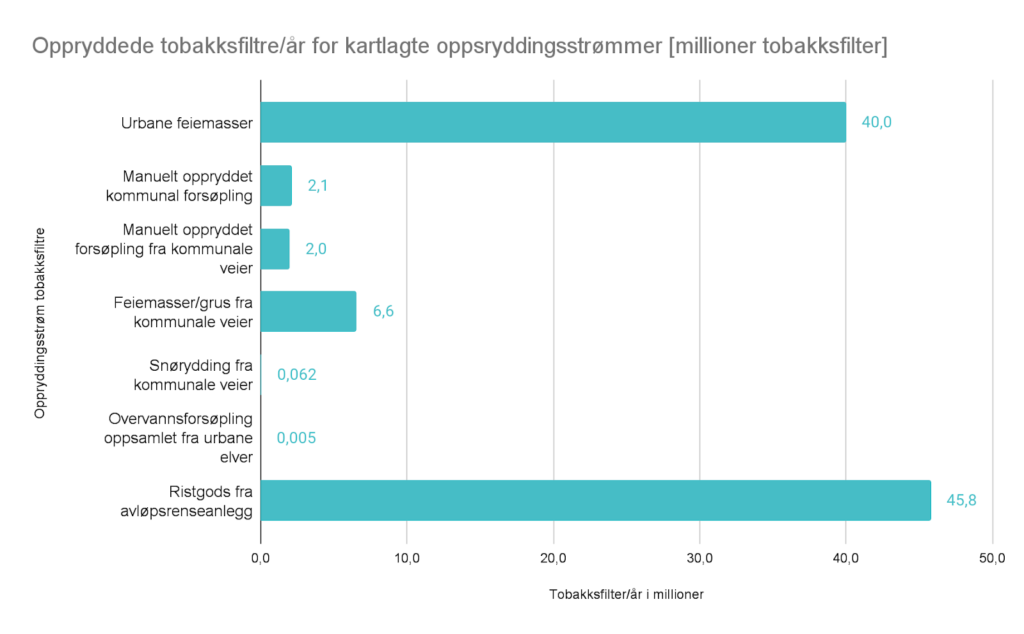
Based on a geographically delimited area, the number of cigarette butt clean-up per inhabitant was mapped, or other appropriate key figures (eg per tonne of waste / sweeping mass, person equivalent, unit of time) for the various clean-up fluxes. The quantities were then extrapolated to national figures. The different fluxes require different methods of quantification. Within the framework of this project, surveys have been carried out in limited geographical areas. The main method is based on merging the clean-up fluxes to form the national baseline for tobacco filters. Infrastructure, equipment and routines vary and extrapolation to the national level increases the margin of error. Although this is taken into account in the estimates, it can lead to incorrect conclusions.
The methods used in the project have, with some modifications, proved to be feasible to provide estimates of the amount of cigarette butts that are cleared by the public sector. The study has also revealed a general lack of littering statistics. In order to obtain better statistics, it may be considered to oblige municipalities and other parts of the administration to report specific annual data on clean-up waste.
The project is the first of its kind, and despite uncertainty related to estimates and margin of error, it has provided a good basis for knowledge about the amounts of tobacco filters that are being cleaned up, and methods for mapping this.
Read the full report here: full report
